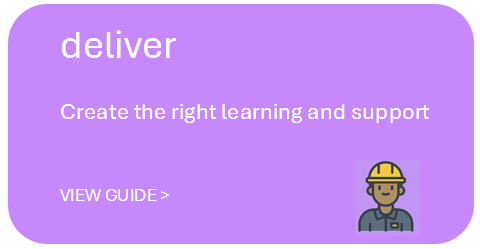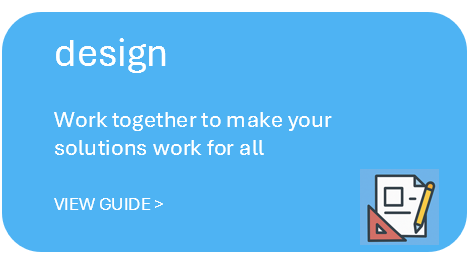Introduction
DLAs are more than a one-off programme. They’re a new way of delivering degrees. But they won’t grow, replicate, or improve unless we intentionally invest in learning from what’s working—and what’s not.
The Sustain phase is about continuous improvement, impact measurement, and long-term planning. It ensures that DLAs are:
Effective for learners
Relevant to employers and industry
Viable for providers
Recognised and supported by the wider system
This phase doesn’t just protect the investment. It multiplies the value.
What this involves
Key activities include:
Monitoring learner and programme outcomes (academic, employment, wellbeing, equity)
Gathering structured feedback from learners, supervisors, academic staff, and whānau
Identifying what needs to improve in programme design, support systems, or partner coordination
Sharing what works within and across organisations, sectors, and communities of practice
Planning for long-term sustainability funding, staffing, cohort growth, and policy support
Embedding success measures into institutional, workforce, or strategic plans
Now that the DLA is being delivered, it’s time to reflect, improve, and make it sustainable, so it delivers long-term value for learners, employers, providers, and the system.
Employers
Your role: Help track the real-world impact of the DLA in your business and advocate for what’s needed to improve or scale it.
What to do:
Workforce outcomes: Are apprentices retained, progressing, or adding value to the business?
Supervisor feedback: What worked well? What needs more structure, support, or training?
Cost-benefit insights: Is the DLA producing a return on investment in time, talent, or productivity?
Future planning: Will you take on more apprentices? Adjust your role? Champion the model within your sector?
Key outcome: A growing understanding of how DLAs contribute to workforce capability and what will make them sustainable in your context.
Tools for you
XXX
Tertiary providers
Your role: Evaluate the effectiveness of your delivery model, support systems, and academic structures and embed DLAs into long-term provision planning.
What to reflect on:
Learner outcomes: Are DLA learners progressing, completing, and achieving parity of outcomes?
Staff experience: Are academic and support staff confident delivering in this model? What training or resourcing is needed?
Employers: Are
Operational learning: What worked or didn’t in admissions, delivery, enrolment, or support systems?
Programme review: Use DLA insights to inform curriculum changes, QA review cycles, and cross-team improvements.
Key outcome: DLAs become part of your long-term academic delivery strategy—with systems and people positioned to support them sustainably.
Tools for you
XXXX
Industry Skills Boards, Professional Bodies, and Industry Associations
Your role: Help ensure that DLAs remain aligned to workforce needs, that quality is maintained, and that sector-level learning is captured and shared.
What to reflect on:
Qualification–occupation alignment: Does the DLA still reflect current practice and future needs?
Equity in access and outcomes: Are underserved groups represented and supported across the lifecycle?
System-level insights: Are there policy or funding settings that need adjustment to support sustainability?
Sharing learning: Capture case studies, promote promising practice, and support the community of practice
Key outcome: A system-wide learning loop that strengthens the DLA model across qualifications, industries, and delivery contexts.
Tools for you
XXXX
Learners and Whānau
Your role: Share your experience, contribute to improvements, and help shape the future of the model for others who follow.
What to do:
Did you feel supported and challenged throughout the programme?
What helped you succeed and what got in the way?
Was the balance of work and study manageable?
Would you recommend this model to others in your whānau or community?
Key outcome: Learner voice and lived experience shape improvements—and build credibility for the model as it grows.
Tools for you
Tools and Templates
You can use the following tools (available in the toolkit) to support alignment conversations:
Partner Reflection Guide
What comes next?
Once the DLA is underway, the focus turns to monitoring outcomes, improving practice, and planning for future delivery or scale. This moves naturally into the Sustain phase.
But delivery isn’t just a step between design and evaluation. It’s where the value of the partnership becomes visible. It’s where learners grow, workplaces benefit, and the system learns what works.
The DLA toolkit
Guidelines
-

Guide for employers
An introduction to degree-level apprenticeships for employers
-

Guide for apprentices
An introduction to degree-level apprenticeships for learners
-

Guide for TEOs
An introduction to degree-level apprenticeships for tertiary education organisations











